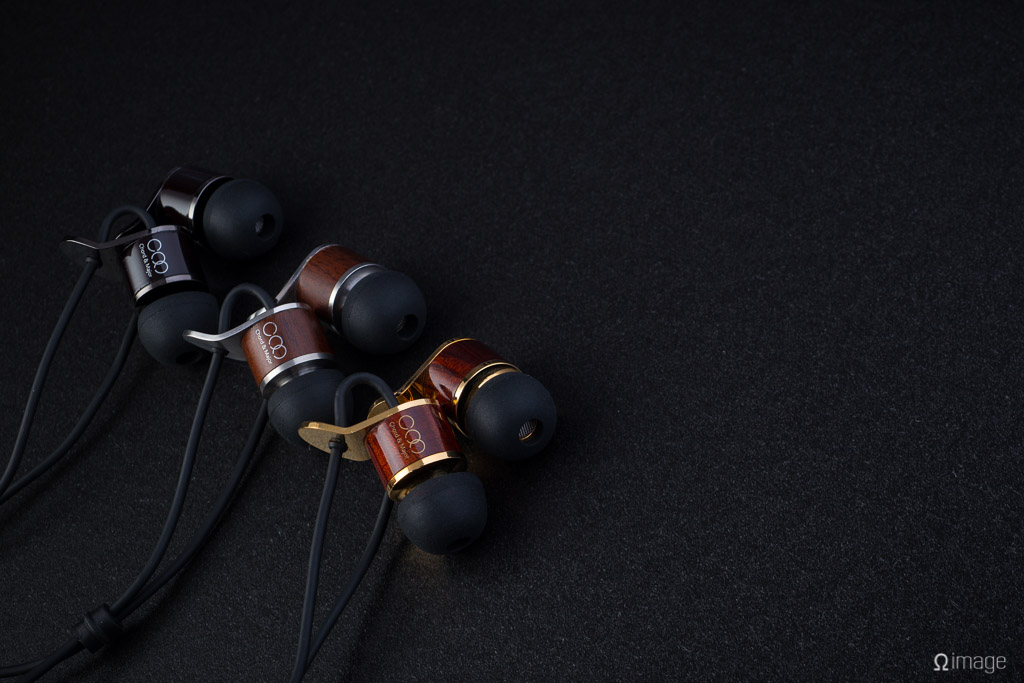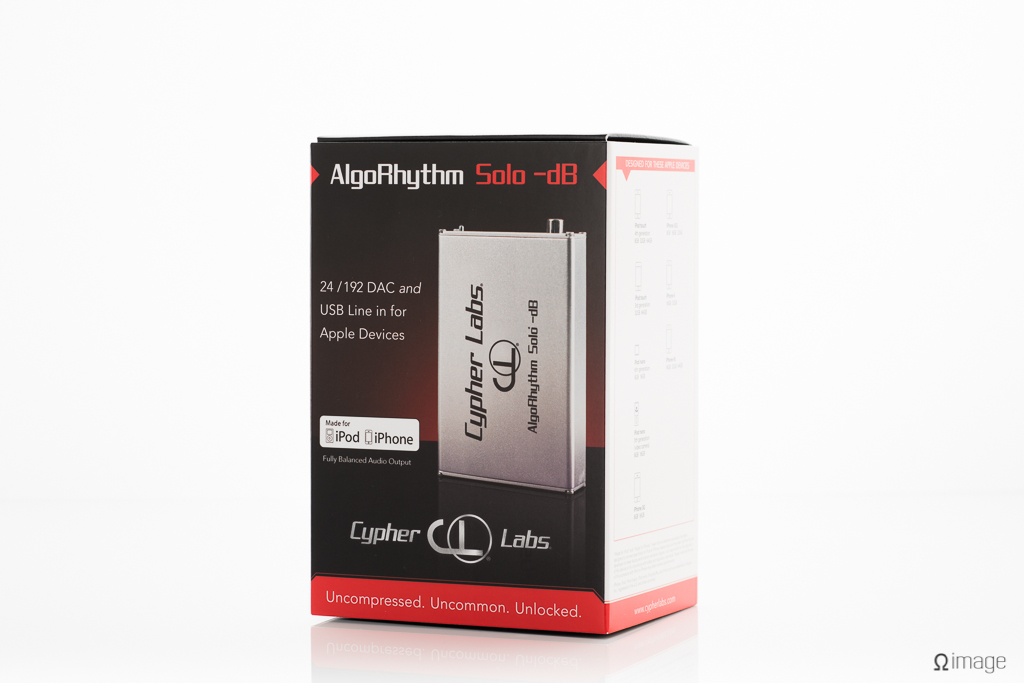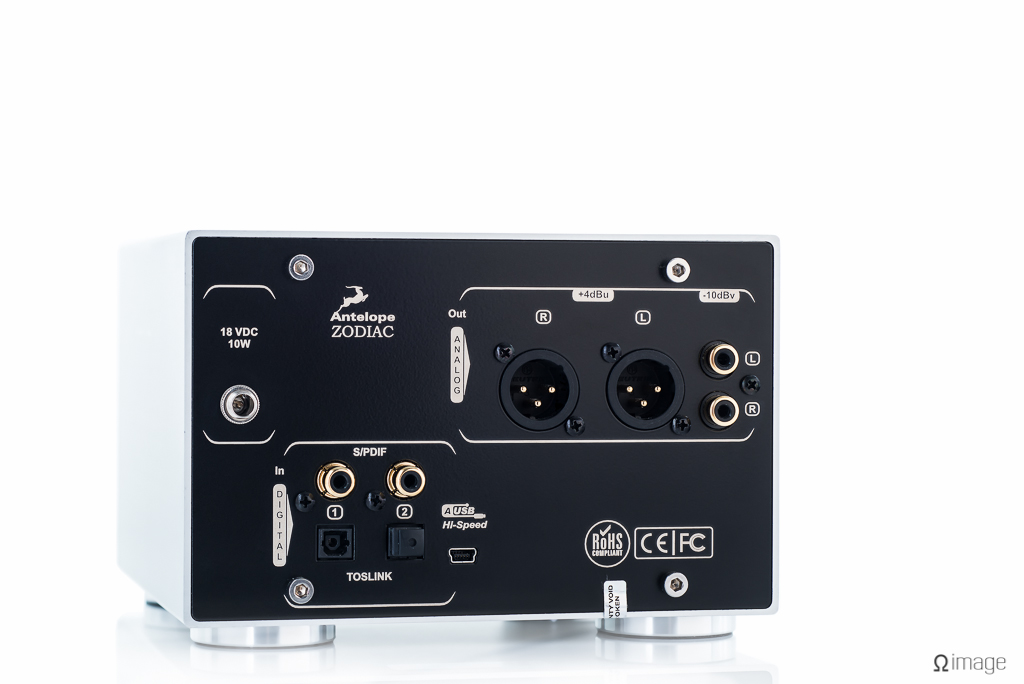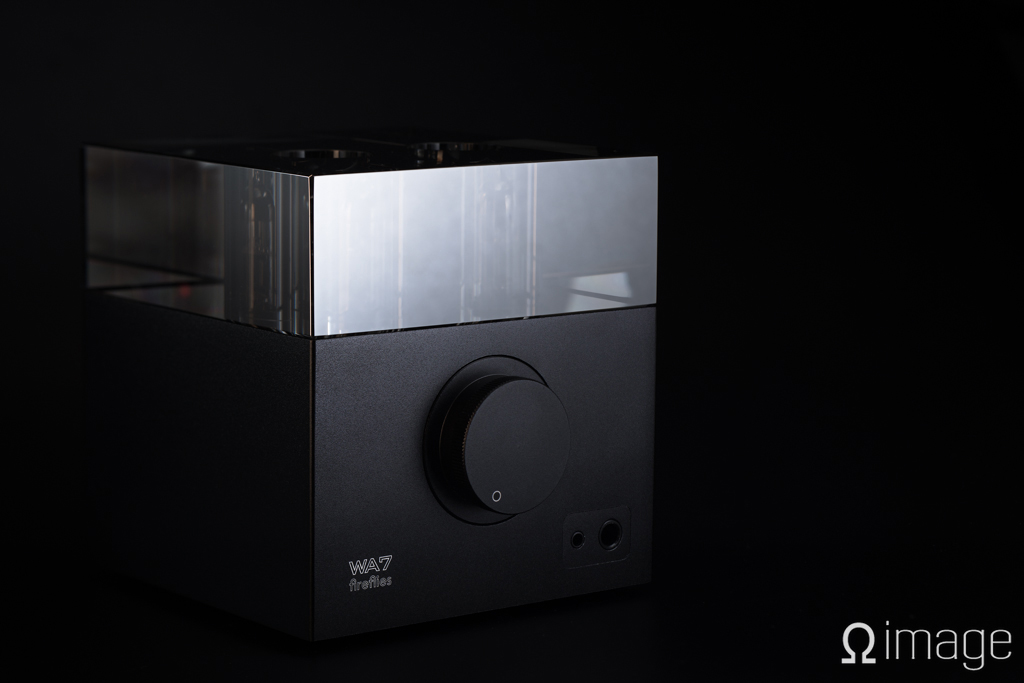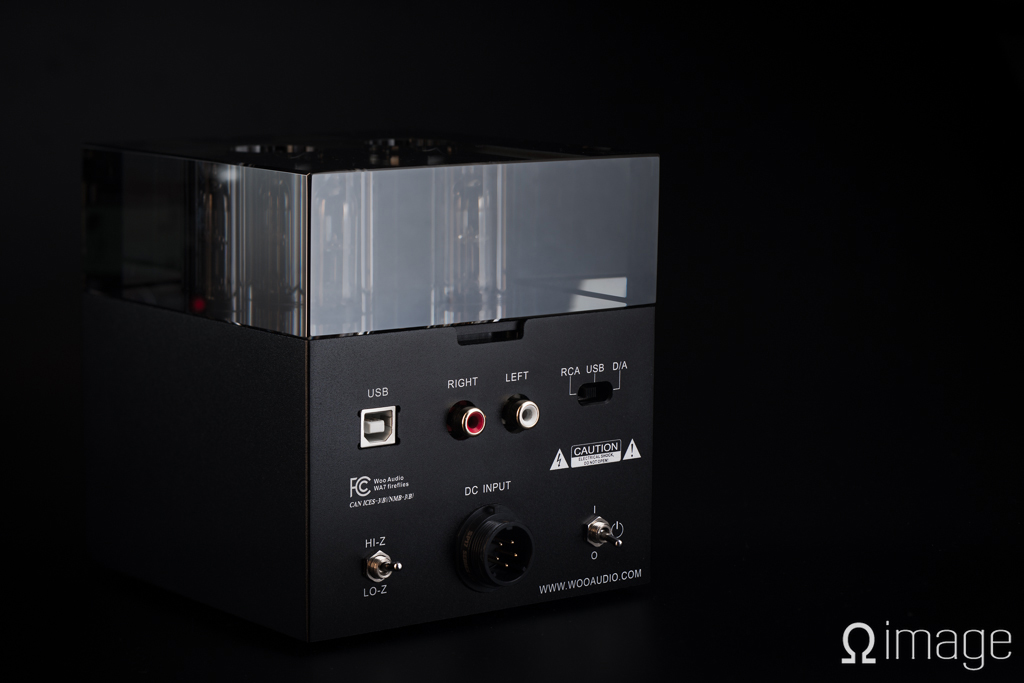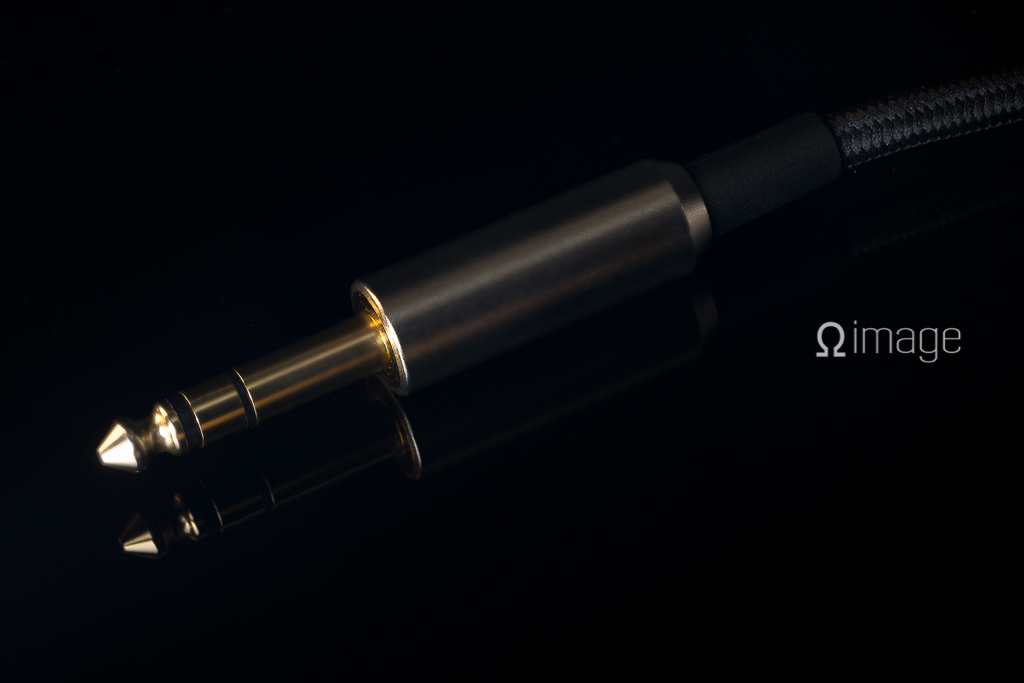Chord & Major (C&M) hopped over to e-Earphone's Osaka show from Taiwan in time to catch my cold. God bless them. And as I was hacking up bits of mucous around their booth, I fell in love with two things: their new-for-2013 Major 9 earphone, and double hot toddies.
Spec
Frequency Response: 20-20KHz
Sensitivity: 96dB
Impedance: 21Ω
Connector: 3.5mm (golden plated)
Cable Length: 1,2m
Major 7 ’13 Jazz - 11.500¥
Major 8 ’13 Rock - 11.500¥
Major 9 ’13 Classical - 13.500¥
ohmage: colours and sounds (C&S)
While not as starkly idiosyncratic as Wizard's new earphones, Major 7, 8, and 9 do things with distinct layers of individuality. And it's not just sound. The colours, the weights, and the discreet sheen of each earphone differs accordingly.
Chord & Major dub each Major earphone a Tonal Earphone.
ohmage & porridge: comfort and fit (C&F)
Despite its unenviable freshman position in the crowded dynamic earphone class, Major is off to a good start. C&M have done their homework, designing, packaging, writing marketing copy, etc., for their earphones. Major is also supremely easy to use.
Every earphone in the series is easy to insert. Good fit is easy to maintain. There are even tabs for big fingered fumblers. About the only thing C&M didn't prepare was a million ear pieces. You get a total of six. That's not bad. It’s just not Wizard.
The first down side is cable microphonics. The neck cinch alleviates the worst noise, but not all of it. If microphonics really bother you, turn the earphone upside down and loop the cable over your ear. Major’s barrel shape allows for myriad insertion angles.
The other down side is the large size of the earphone barrel, which can be uncomfortable for small ear bowls. My wife’s love affair with Major lasted no more than a few seconds. Her ear bowls are tiny. Mine, on the other hand, get on fabulously with Major.
ohmage: kitsch
Other than a bit too much shine, there's nothing kitschy about Major. C&M very obviously aimed for class. They even used maple veneers in the outer portion of Major. Removable wood sections in the display box are classy- and pointless. Actually, the box can double as a small bentou box in a pinch.
Definitely not pointless.
The faux felt carrying baggy is cute and does the job of keeping Major safe. The wax/polishing brush is supple, and dare I say it, beautiful. It shames the brush/wax loops of custom IEMs many times Major’s price.
I get the idea that C&M weren't aiming for strict utilitarianism.
ohmage: build quality
Aside from the crack-prone stress relieves on the cable, there is little about which to complain. The sturdy metal tabs on the back of the chassis serve to lever the earphones into the ear. They also protect the cable from bending too much. The earphone body is heavy and not overly prone to scratching. The cable is fair. Its outer sleeve is strong, but a little easy to stretch out of shape.
And since Major is quite solid (and heavy), it will probably endure a lot of floor time. Watch your toes.
porridge: quality of finish
Chord & Major have abundant vision. Unfortunately their follow-through is abundantly typical. Their snazzy bentou box is rife with oxidised metal joints. Glue residue slicks the seams between the earphone’s wood veneers and metal exoskeleton. And no matter how much you polish the metal bits, they won't gleam with jewel perfection.
Of course, you can’t ask for perfection for from earphones in this price bracket. But God these things are scrumptious- until you bring them up under your nose. And perhaps it’s my problem. I’ve seen hundreds of earphones that are sold on metrics of price/performance ratio and ‘class’. In the end, I move on. Products like Ocharaku’s Flat4 and FitEar’s ToGo! series, that not only compete for great sound, but make flawless casings, that put every effort into perfection are the ones you remember.
Of course, at Major’s price point, there isn’t much competition for sexy, wood and metal bodies. Good on C&M for filling that void. But they could have gone farther. And I’m confident that if anyone can, it is them.
Chord & Major: I’m hoping to see truly stunning workmanship AND followthrough in the future. We have seen it from Germany and Japan. We are starting to see it again from the USA. There’s no reason why we shouldn’t see it from Taiwan.
sound
Part of the Tonal Earphone experience is the genres to which each earphone is strapped. C&M will have you believe that Major 9 is made for classical, that Major 8 is made for rock, and that Major 7 is made for jazz.
Major 9
I’ve had a hard time deciding which is more fun: Major 9 or Major 8. 9 is possibly the more balanced of the two. But as a series, Major isn’t totally balanced. It’s just fun.
Is 9 a good earphone for classical? It does well with symphony, rendering pretty good stage elements and placing instrument sections well. Small ensembles are succinct and instrument placement take a step up. But Major 9 is also great for trance. In fact, its overall balance, which tips towards the upper midrange, does everything AND classical great.
Bass is relatively energetic. Detail trends to the higher frequencies of this spectrum, where good stereo separation and slight, metallic echoes convince the ear of bass speed.
Not a single Major can render the low notes at the opening of Markus Schulz’ Mainstage with much sound pressure. But climb the ladder past 80Hz and suddenly energy erupts. It’s nothing more disorderly than a foreign accent. Onto pop: Major 9’s bass voice is uncluttered and melds beautifully with New Order, Depeche Mode, and Pet Shop Boys.
Indeed, cheesy 80’s post-punk, post-Joy Division sequel bands need something wild. For the same reason I can recommend Ocharaku’s Kuro, I can recommend Major 9. In fact, I can recommend 8 on the same grounds. These two earphones nail wood and string timbre and put on a clean and lively percussion show.
Chord & Major posture 9’s somewhat neutral bass curve and slightly tripped-up treble presence make it good for classical music. Sure. But beautiful classical renderings have a lot to do with the lower midrange, too. Major 8 sails past 9 in rendering organic violin with emotional lines.
Major 8
Rock on, baby! is what I believe C&M want you to believe about Major 8. It’s got a guitar icon on its front and it comes in eff-off black. It is my second favourite of the series.
Essentially, it and Major 9 share very similar sound signatures. Rock has a slightly less sparkly upper midrange and a slightly meatier lower midrange. But its signature sound comes off as just a tad bit more ‘U’ shaped. Treble is still energetic, but that important bit between highs and mids is a bit more muffled than Classical 9.
In effect, it is a more intimate sounding earphone.
But only just.
Timbre is excellent for guitar and percussion, though the latter has grown more forceful. The same goes for the midrange. Slightly. Interestingly, you may find 8 the better earphone for violin sonatas, where emotional meat and string clarity meet for a rare feast.
8 trumps 9 for American hip hop, where dubba dubba, bass and slightly contracted sound stages vibrate your brain into a mescaline trance. Dubba dubba yeah!
Major 7
C&M say this is for jazz music. They may be right. It’s sound stage is the tightest and its midrange the fullest. Treble energy has taken a small, but distinct downer. Small ensembles and venues really are where 7 is most comfortable.
It has similar bass energy to 8, meaning that it fits dubba dubba American hip hop pretty well. 7 also has a nice sheen in the midrange that works quite well for female vocals. It has the tendency to hang onto its somewhat muffled cymbals a little too long, but overall, its intended genre is pretty well a match.
Its shrunk sound stage isn’t the best match for trance or large-audience live performances. Frankly, Major 7 may be the least audiophile-attractive earphone in the series. Its mid-centric, sparkle-less, compressed sound does its job well, but for who? The sort of person that will spend more than a hundred dollars for an earphone will probably prefer the better timbre and sparkle of 8 or 9.
ohmage: drivability
The Major series is exquisitely easy to drive for the majority of modern digital players out there. The small drop offs from an iPod nano 6G or any other output source with more than 3Ω output impedance aren’t really audible. If the impedance of your player/amp is more than 8Ω, audible wonk creeps in, especially in low frequencies. Overall, however, Chord & Major tuned the Major series very well for a host of audio players.
The short? You don’t need an amp to get the most from Major.
ohmage: sensitivity
At 96dB sensitivity, each Major earphone requires an extra volume step to match loudness levels of more sensitive earphones like Wizard's IEM 5.0. I am most comfortable using volume levels of 8-10 from an iPod nano 6G. When commuting on the train, I bump that up to 12 at the most.
Interestingly, Major 7 is the least sensitive of the three.
Several weeks after sharing germs with Chord & Major in Osaka, I’m pretty sure this series will be a hit. It’s got the looks and the sound to satisfy trendy audiophiles such as Jeff, Joel, Janice, and Jeannette. It’s the critical audiophile collectors that may be put off by C&M’s swing-and-miss attention to polish and shine. But that may not matter. Audiophiles are far more polarised by perceptual sound performance. Here, Major puts together an all together fine show. Its wood and string timbre is satisfying. In fact, it may be almost as satisfying as Ocharaku’s KURO. Maybe. I just wish that Chord & Major went all the way.
ohmage: 4
porridge: 2








